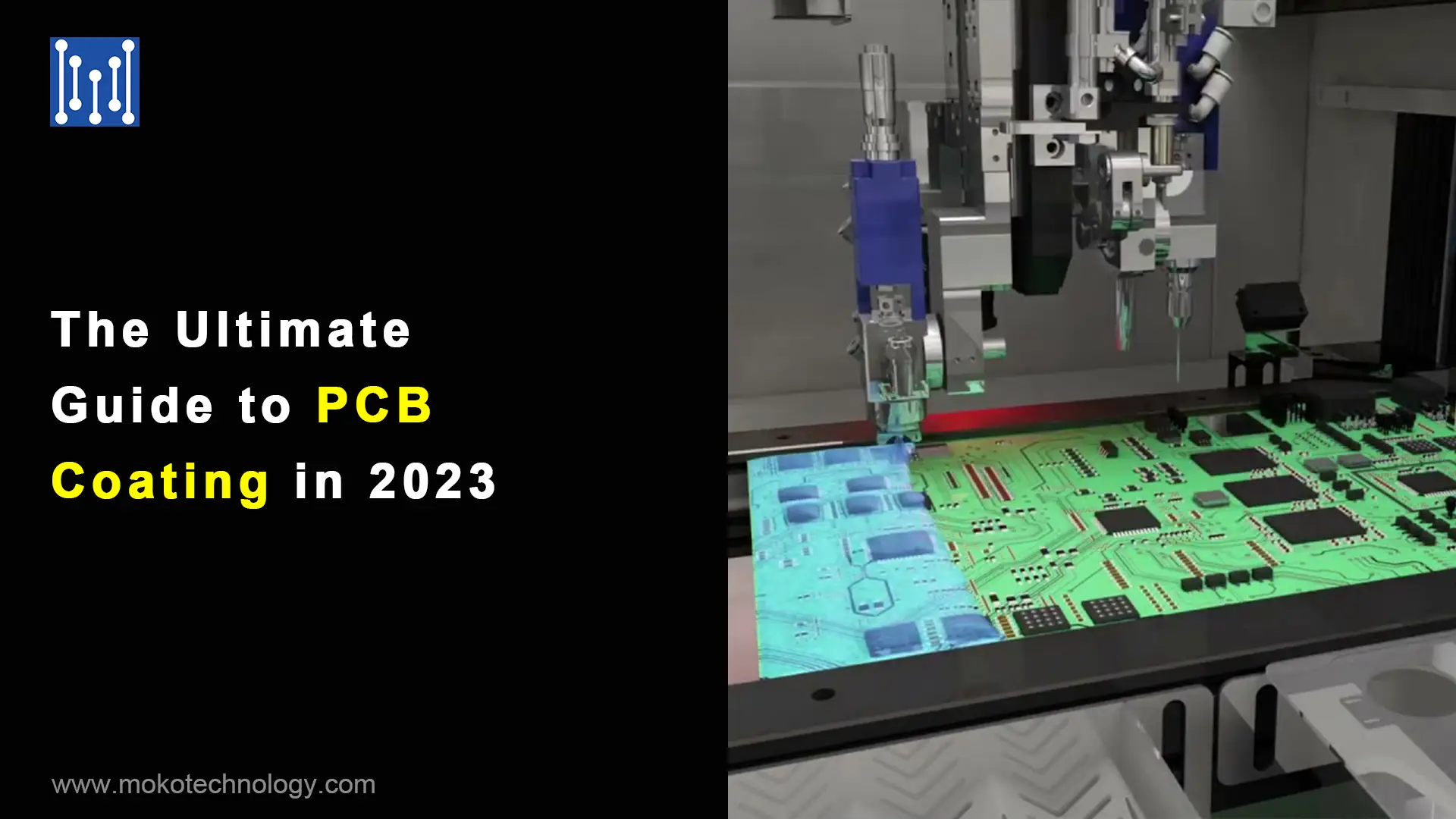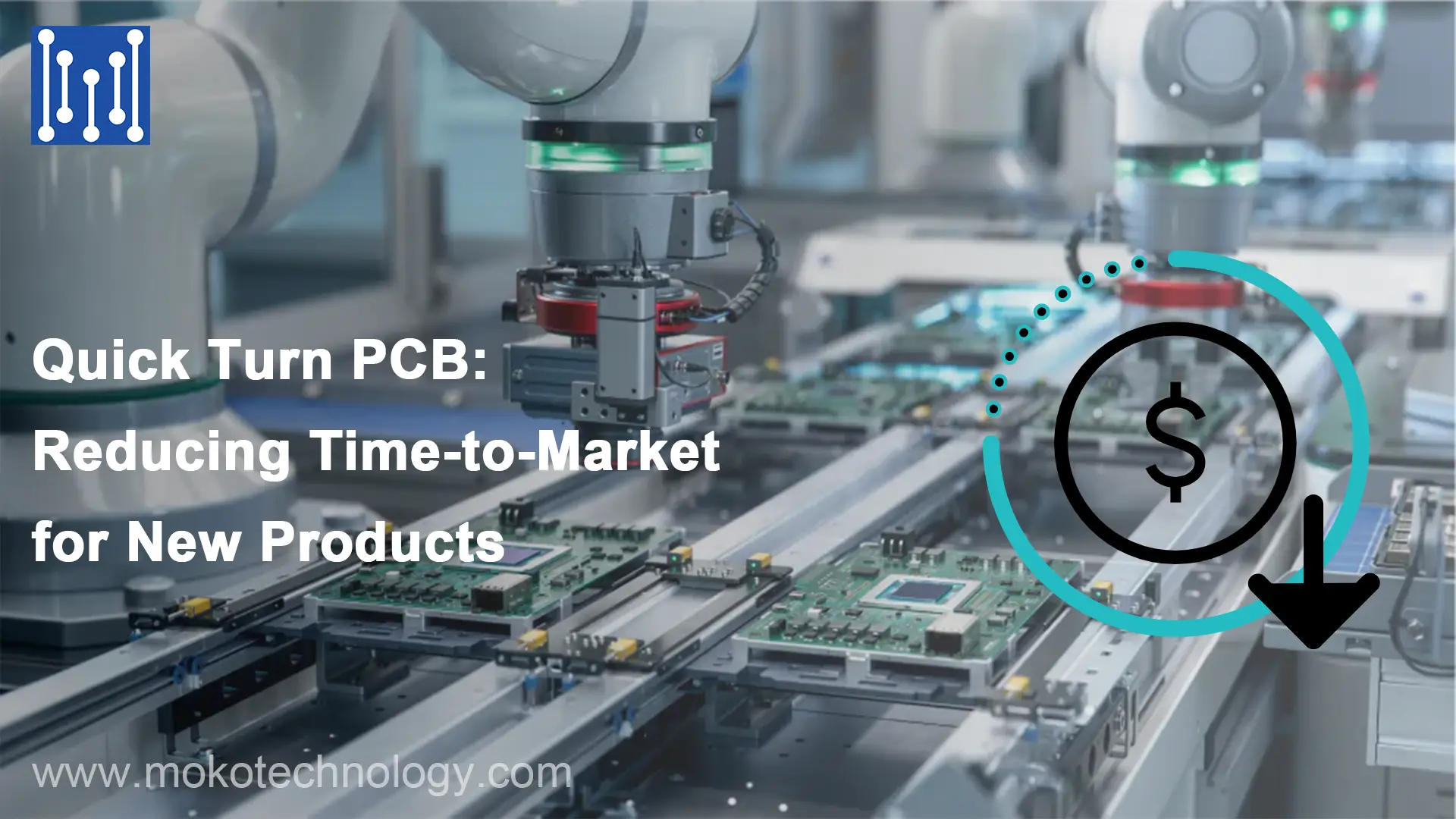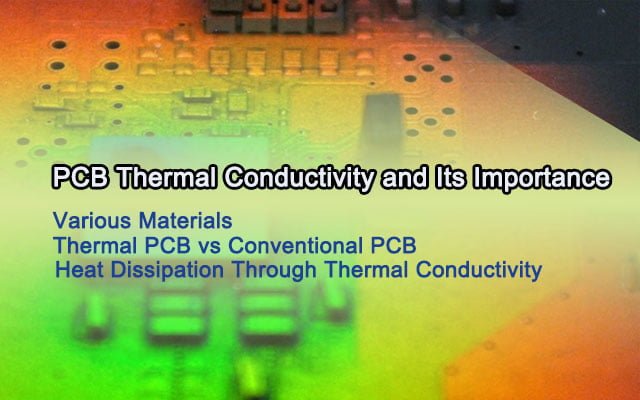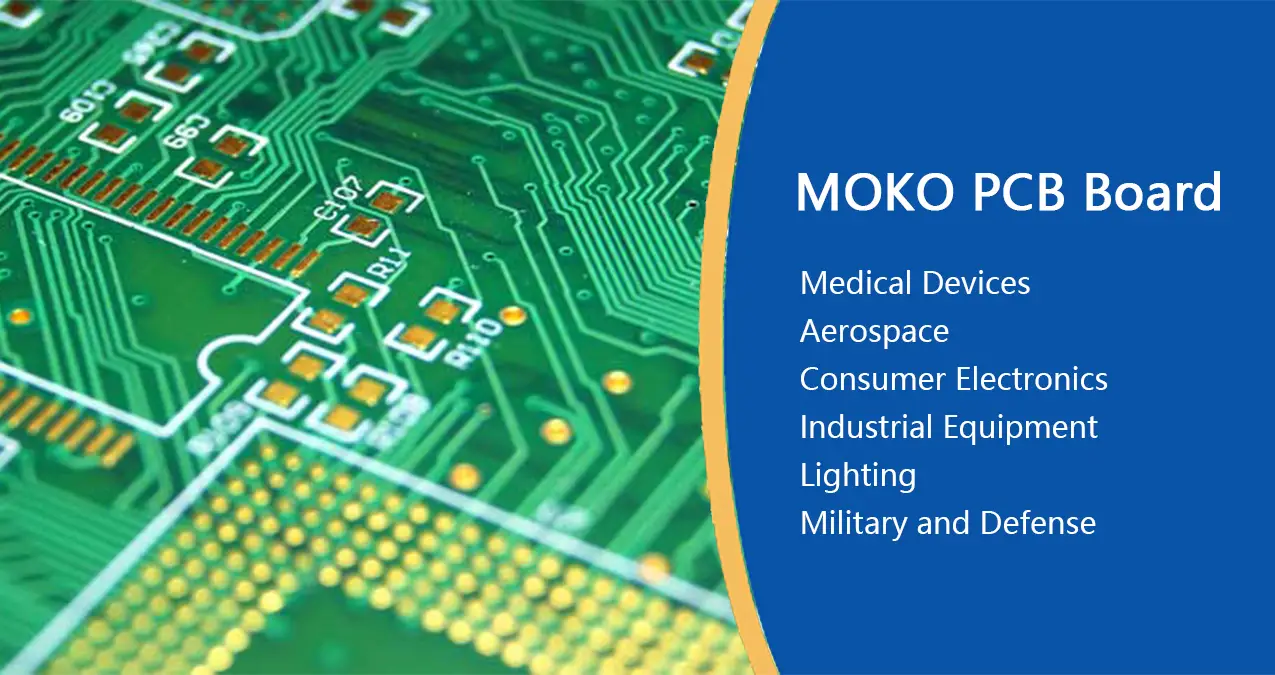Les PCB sont largement utilisés dans divers ménages, industriel, militaire, et équipement automobile. Afin d'assurer le fonctionnement de l'équipement et de prolonger la durée de vie, il est crucial de s'assurer que les circuits imprimés et composants sur la carte sont protégés de tout danger, car toute erreur dans ceux-ci peut affecter les performances de l'appareil ou même provoquer la panne de l'ensemble de l'appareil. Le revêtement PCB est un moyen très efficace de protéger le PCB.
Dans ce guide ultime, nous passerons en revue tout ce que vous devez savoir sur les revêtements de PCB dans 2023 – des types de matériaux aux méthodes d'application et aux normes de qualité. Avec la bonne stratégie de revêtement, vous pouvez prolonger considérablement la durée de vie des PCB dans vos produits. Commençons!
Qu'est-ce que le revêtement de PCB?
Le revêtement PCB est une technologie qui protège les PCB des facteurs défavorables tels que la corrosion, humidité, et chocs physiques en appliquant une couche mince et non conductrice sur la surface de la carte de circuit imprimé et des composants électroniques. Avec revêtement de circuit imprimé, la possibilité de défaillance du circuit du circuit imprimé et des composants électroniques est réduite, et la durée de vie du produit électronique final peut également être prolongée.
Types de revêtement de PCB
Au niveau des matériaux utilisés, Les revêtements de PCB peuvent être divisés en cinq types:
- Acrylique – facile à appliquer et à réparer, doté d'une bonne protection contre l'humidité et l'abrasion, et bonne résistance mécanique. Mais ce type de revêtement a une faible résistivité aux solvants et une faible résistance à la température.
- Polyuréthane – identique à l'acrylique, il offre une excellente résistance à l'humidité et à l'abrasion, en outre, il offre une meilleure résistance aux solvants. Le mauvais côté, toutefois, est que le revêtement est difficile à enlever.
- Époxy – il possède une excellente résistance mécanique et peut offrir une bonne protection contre l’abrasion et l’humidité. Mais les revêtements époxy ont une flexibilité et une résistance à la température médiocres et sont difficiles à réparer..
- Silicone - ce type de revêtement est disponible en cure d'humidité, Séchage UV, et durcissement à la chaleur, il a une excellente résistance à la température et à l'humidité, mais il a de mauvaises performances en matière de résistivité à l'abrasion et de résistance mécanique.
- Paralyène - les revêtements de paralyène sont disponibles pour toutes les surfaces, ce qui constitue une option parfaite pour les appareils utilisés dans les applications aérospatiales et médicales, car ils peuvent protéger les PCB des solvants organiques, réactifs inorganiques, et acides. Leur inconvénient est qu'ils sont difficiles à retravailler.
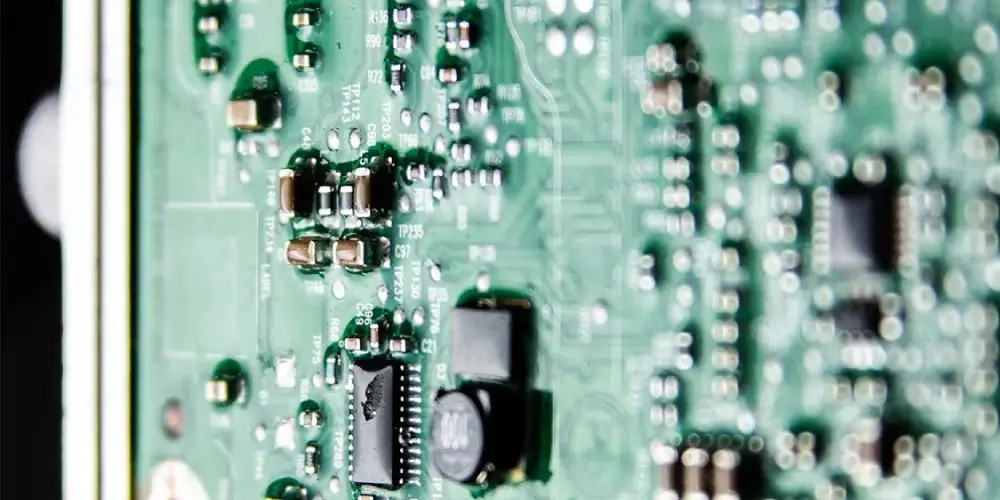 Choisir le bon matériau de revêtement de PCB
Choisir le bon matériau de revêtement de PCB
Maintenant que nous comprenons les propriétés des différents revêtements de PCB, alors quels facteurs devrions-nous considérer pour choisir le revêtement le plus approprié pour votre projet? bien, ci-dessous, nous avons énuméré quelques considérations clés:
- Environnement d'exploitation
Température – Si le PCB sera exposé à des températures élevées, les revêtements comme le silicone ou le polyuréthane sont mieux adaptés que les acryliques. Pour les environnements à très basse température, le parylène excelle.
Humidité – Si la résistance à l’humidité est critique, le parylène et certains uréthanes offrent la meilleure protection contre la transmission et l'absorption de la vapeur d'eau.
Chimique – Pour environnements chimiques corrosifs, le parylène et l'uréthane ont généralement les meilleures propriétés de barrière chimique.
Exposition aux UV – Les acryliques ont une bonne résistance aux UV. Les silicones et le parylène résistent également aux UV.
- Propriétés électriques
Résistance diélectrique – Cela devrait dépasser la tension maximale que les traces du PCB porteront. Le parylène et le silicone ont des rigidités diélectriques élevées.
La resistance d'isolement – Une valeur mégohm plus élevée indique une meilleure isolation électrique. Important pour éviter les courants de fuite.
Conductivité thermique – Capacité à dissiper la chaleur. Critique pour l’électronique de puissance. Les revêtements en silicone offrent la meilleure conductivité thermique.
- Propriétés mécaniques
Dureté – Les revêtements plus durs comme les époxy et certains uréthanes offrent une plus grande résistance aux rayures et à l'abrasion..
Souplesse – Les revêtements en silicone et parylène maintiennent la flexibilité, important pour les circuits de flexion dynamique.
Adhésion – Les propriétés telles que la chimie de la surface déterminent la façon dont un revêtement adhère au Substrat PCB.
- Coût
Les coûts du revêtement des cartes PCB dépendent de facteurs tels que la chimie des matières premières., besoins en équipements de transformation, temps de production, complexité de l'application, épaisseur du revêtement, capacité de réparation, et le volume. En général, l'analyse des coûts met en balance les dépenses liées au matériau de revêtement et au processus d'application par rapport aux exigences de performance et aux conditions de fonctionnement de l'application finale. Évaluation de facteurs tels que la compatibilité des matériaux, méthode de traitement, et une fiabilité à vie ciblée permet de sélectionner le revêtement le plus rentable tout en répondant aux besoins techniques.
Processus de revêtement de PCB
L'application d'un revêtement protecteur sur les circuits imprimés nécessite une préparation minutieuse, application, guérir, et tests:
- Préparation de surface
Les planches doivent être soigneusement nettoyées avant le revêtement pour favoriser l'adhérence. Les techniques courantes incluent le nettoyage au solvant et les traitements de surface au plasma/couronne.
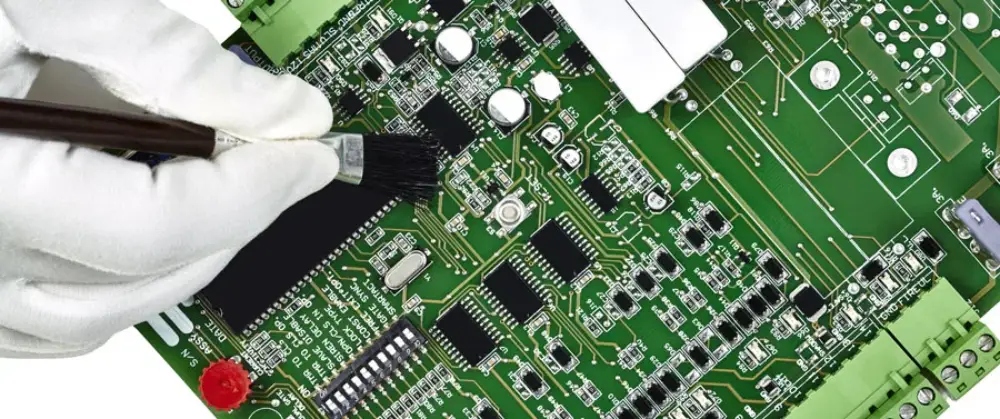
- Application de revêtement
Il existe différentes méthodes pour appliquer le revêtement des circuits imprimés, ils sont:
- Pulvérisation manuelle
Cette méthode convient aux cycles de production à faible volume car il s'agit d'un processus qui prend du temps. Normalement, nous utilisons une bombe aérosol ou un pistolet pulvérisateur à main pour appliquer le revêtement, et avant de pulvériser, les zones qui ne nécessitent pas de revêtement doivent être couvertes. Les effets de revêtement seraient un peu différents entre les différents lots en raison de l'opération manuelle.
- Revêtement sélectif
Il fait référence à un processus de revêtement automatique qui applique un revêtement sur des zones spécifiques des cartes de circuits imprimés à l'aide de buses de pulvérisation robotisées programmées., et il n'est pas nécessaire de couvrir les zones qui ne doivent pas être pulvérisées. Ce processus est caractérisé par une efficacité et une précision élevées, adapté à la production à grand volume.
- Plongement
Pour cette méthode, Les PCB seraient d'abord immergés dans la solution de revêtement, puis retirés. De nombreux facteurs affecteraient l'effet de revêtement, tels que la vitesse d'immersion et de retrait, temps de trempage, etc. Un masquage important est requis avant le processus de revêtement, il convient donc aux PCB qui nécessitent un revêtement des deux côtés.
- Le brossage
Un pinceau est utilisé pour appliquer un revêtement sur des zones spécifiques, et c'est une méthode principalement utilisée pour réparer et retravailler. Le processus prend beaucoup de temps et nécessite beaucoup de travail, l'effet de revêtement final dépend de la compétence de l'opérateur.
- Durcissement/Séchage
Les méthodes de durcissement courantes incluent le durcissement thermique, Séchage UV, et cure d'humidité. Des contrôles stricts du processus pendant le durcissement sont essentiels pour garantir que les revêtements se réticulent complètement sans devenir excessivement cassants.. La méthode de durcissement est sélectionnée pour correspondre à la chimie du polymère et répondre aux besoins d'efficacité et de performance..
- Essai
Le test est une phase importante pour vérifier la plage de performances et les limites du revêtement isolé du circuit dans diverses conditions environnementales afin d'obtenir les caractéristiques souhaitées.
Un revêtement idéal a une caractéristique d'adhérence excessive, bonnes propriétés électriques, et caractéristiques physiques avec une faible humidité. Ces tests pour le test de revêtement impliquent à la fois des tests de base et avancés. Premier, des tests de base vérifient l'humidité accélérée et les performances électriques. Seconde, des tests avancés vérifient le brouillard salin, changement environnemental rapide, et la limite de température.
PCB Conseil Normes de revêtement
Dans revêtement enrobant, il existe une série de normes de revêtement de PCB qui exigent son utilisation dans certaines conditions, comme dans le milieu militaire, voiture, usage domestique, etc. Le plus souvent, les revêtements conformes se qualifient pour la spécification MIL-I-46058C ou IPC-CC-830B qui est étroitement liée à MIL-I-46058C.
MIL-I-46058C: Une norme de revêtement conforme commune dans l'industrie, également connu sous le nom de composé isolant militaire. Il nécessite des tests de tous les laboratoires agréés MIL et est toujours utilisé même après la désactivation depuis 1998 pour de nouveaux designs. Ce test nécessite une liste de produits qualifiés standard (QPL).
Def Stan 59/47: Une norme similaire à 46058C utilisée pour le revêtement d'appareils haut de gamme à usage militaire, mais le ministère britannique de la Défense doit d'abord les approuver.
CEI 61086: Une norme basée sur l'autocertification par le fournisseur avec des exigences similaires à 46058c. La Commission électrotechnique internationale la régit.
IPC-CC-830B: Norme activement utilisée et constamment mise à jour similaire à 46058C, introduit lorsque 46058C reste inactif. Matériau normalisé pour 46058C qui suit ces spécifications. Aucun test n'est disponible car aucune QPL n'est maintenue.
UL94V0: Se rapporte à la propriété de revêtement conforme d'auto-extinction sur un substrat FR4. V0 est la catégorie la plus élevée possible avec V1 et V2 comme successeurs.
